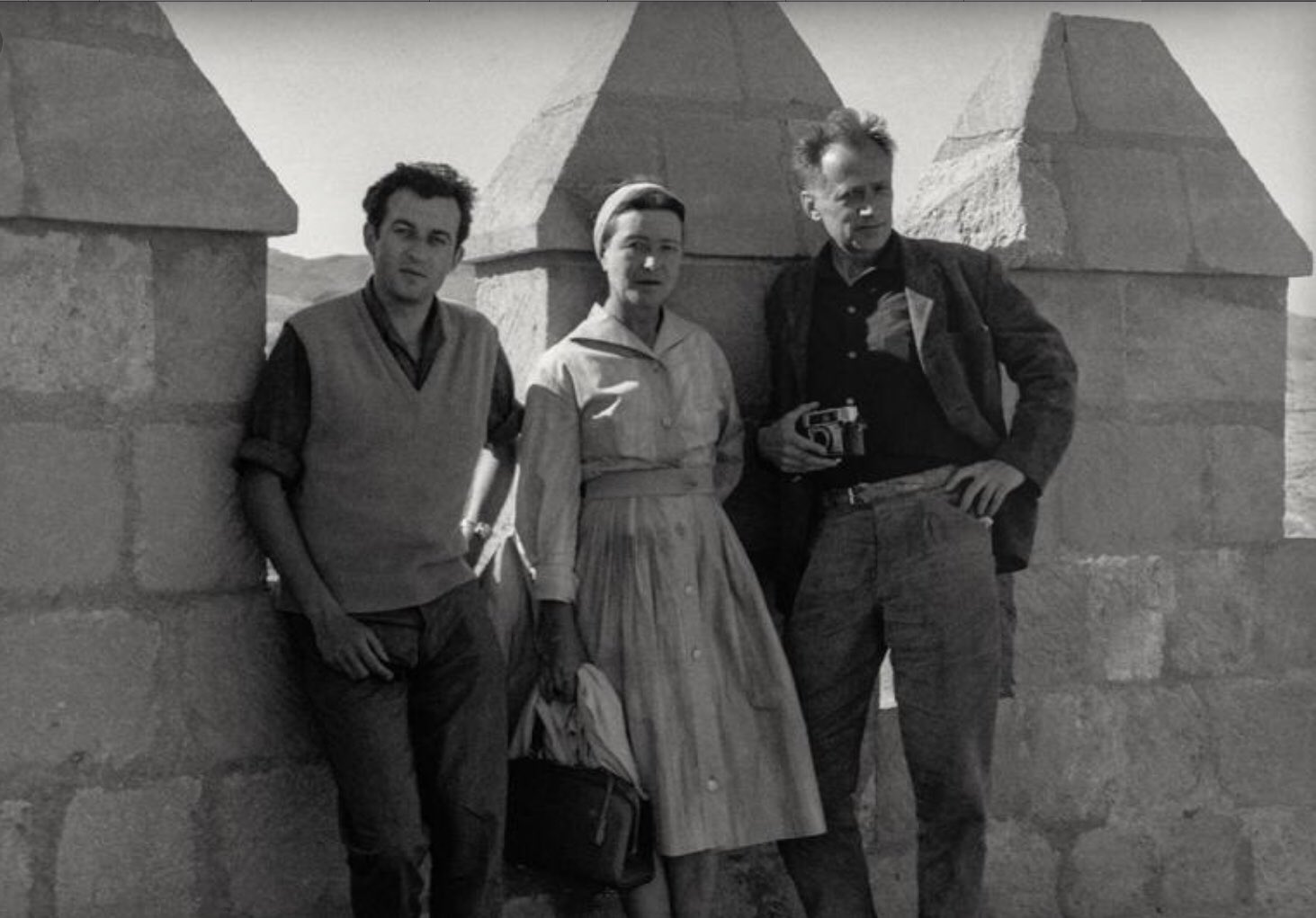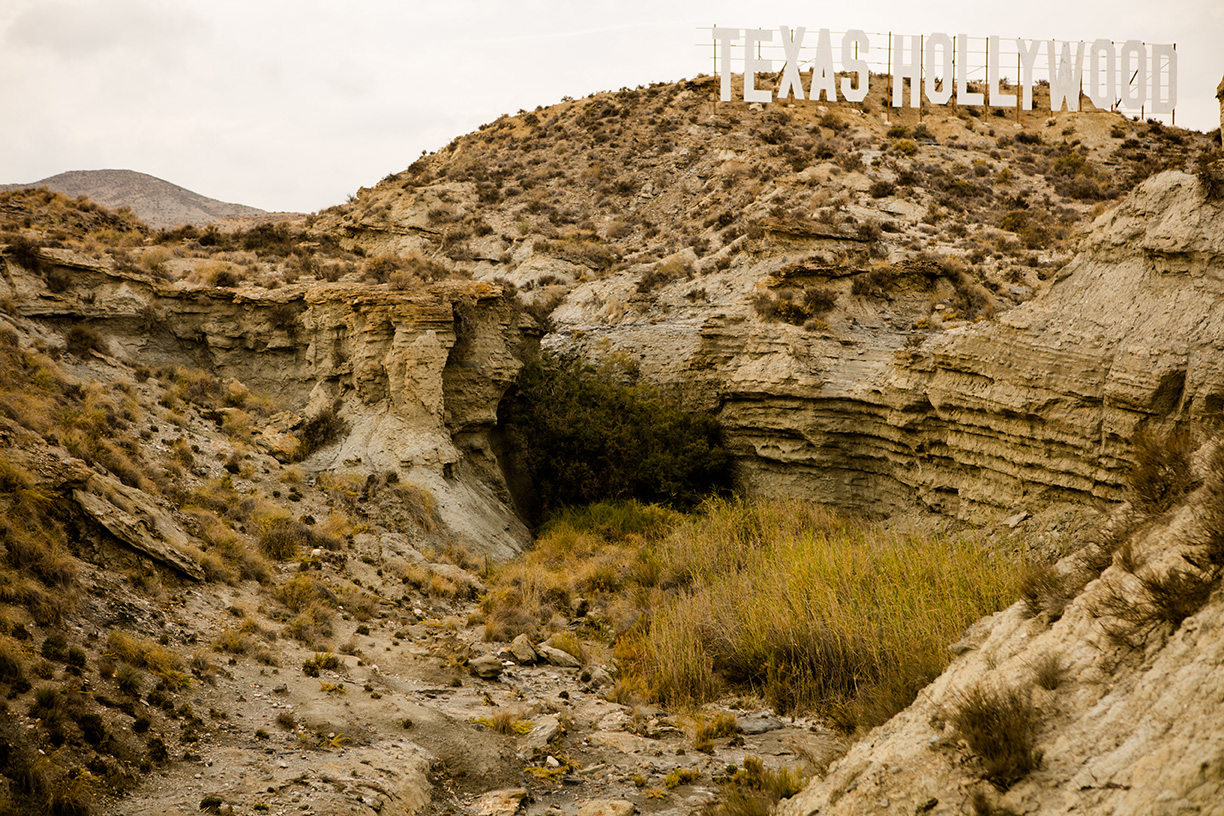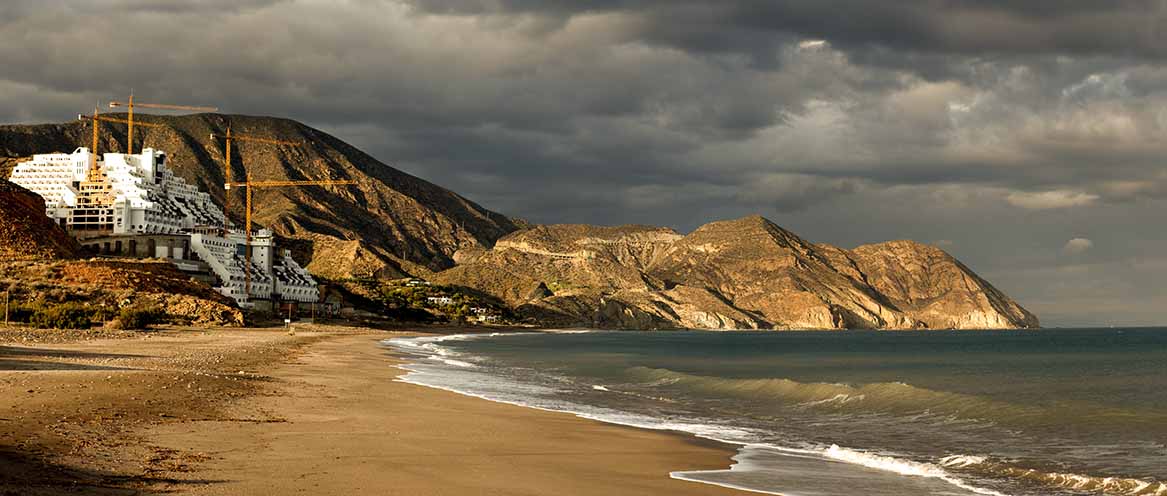Spartacus: Between Spain and Hollywood
Spartacus was supposed to be filmed entirely in California. By 1960 there was growing alarm about the impact of “runaway” productions, which sought to cut costs by filming overseas, on Hollywood. Edward Muhl, longtime production director for Universal Studios, which was financing Spartacus, sought to demonstrate that an epic film could be made entirely in the US. Kirk Douglas, both producer and star, brought on a young Stanley Kubrick to direct (after firing Anthony Mann from the job). Kubrick, however, wanted to film in Europe. In the end, while the interiors and much of the first half of the film were shot in California, the large battle scenes were completed in Spain.
This split production makes for some odd juxtapositions. While Rome, shot on Hollywood sound stages, appears in rich color, the battlefields are comparatively dark and earthy. This served Kubrick’s purpose to contrast wealthy Rome with the harsh world of the slaves. But this split was further heightened by the fact that Kirk Douglas himself did not go to Spain. Creative editing was required to place Douglas in these scenes, alternating views of dark landscapes and crowds of Spanish extras with Spartacus’ head literally in the clouds.
Something appears different when the slave army, after passing through a montage of varying landscapes and weather conditions, victoriously arrives at Metapontum. Instead of the clean, studio version of Rome, we see an actual Spanish town. At one point the camera looks up at Spartacus drinking in celebration on the balcony; the shot is cropped in closely to hide the fact that he was not on site during the shooting of this scene.
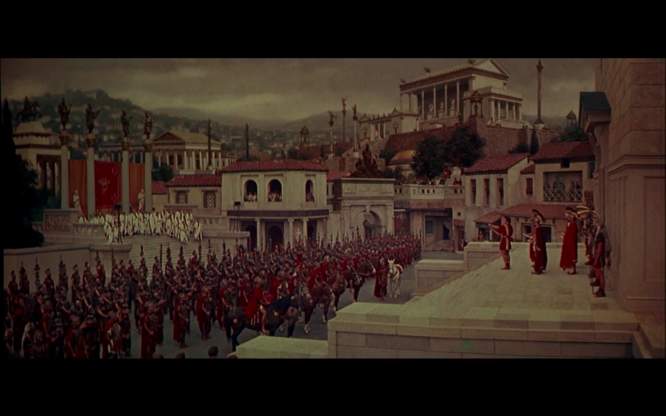
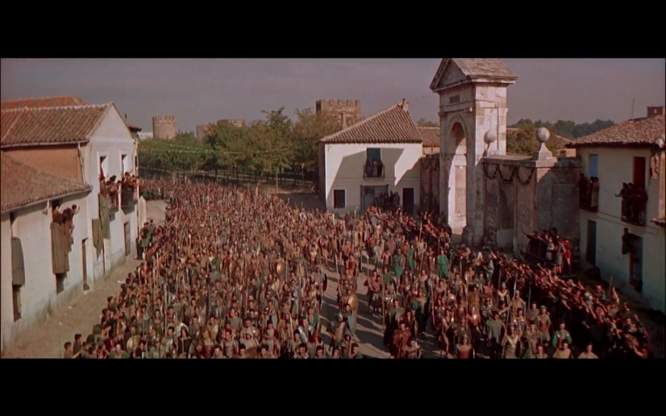
Later on, in a more somber scene, Spartacus tells the slave army that they must now march on Rome. The camera looks up at Spartacus with only sky visible behind his head. Cut to a shot from above looking down on the massive crowd. There is little light and the faces are dark and serious. These are no longer the jovial Hollywood extras from earlier in the film. These are real Spanish villagers, looking on warily. Or maybe they are just a little confused about what is happening in this scene.
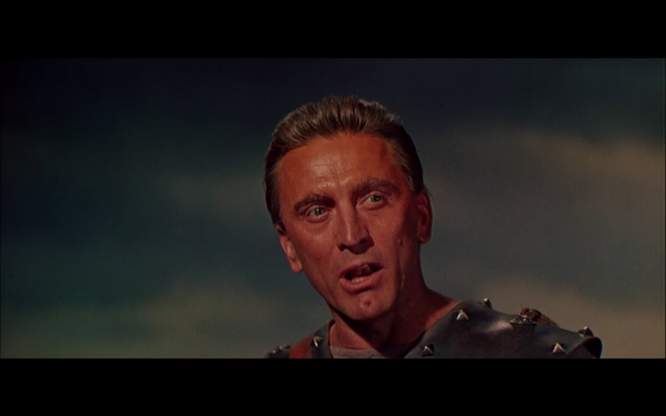
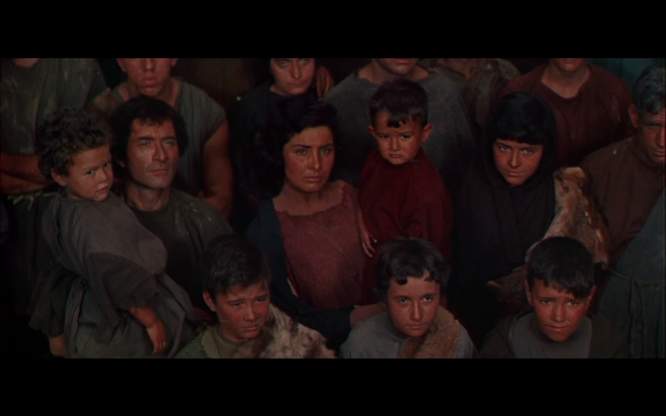
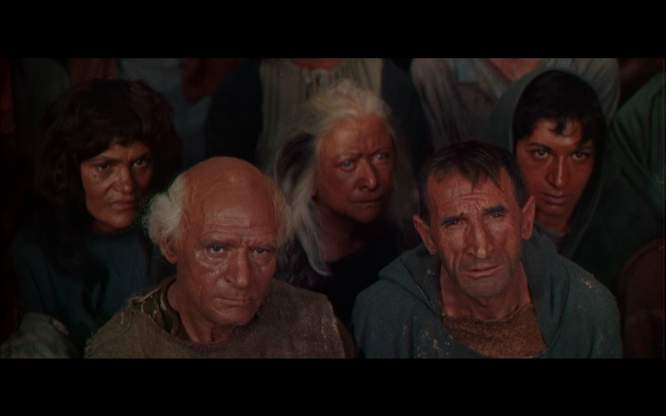
The massive battle scenes, filmed outside Madrid, are where the Spanish locations truly shine. The Franco regime, embarking on an effort to court Hollywood productions to come to Spain, agreed to lend eight thousand infantry soldiers to the production (as long as they were not shown dying on screen). Again, editing hides the fact that Douglas himself was not on the battlefield. The camera looks out on a wide dark green landscape as massive columns of soldiers march in formation in the distance. The scene alternates with medium shots of Spartacus and Crassus, each surrounded by a few of their soldiers, but cut in close enough that they could be anywhere.
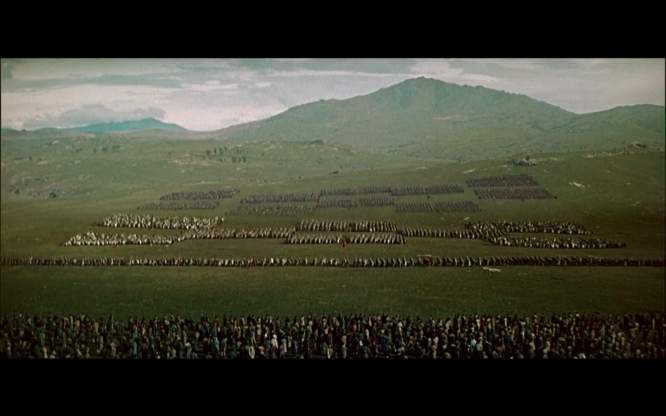
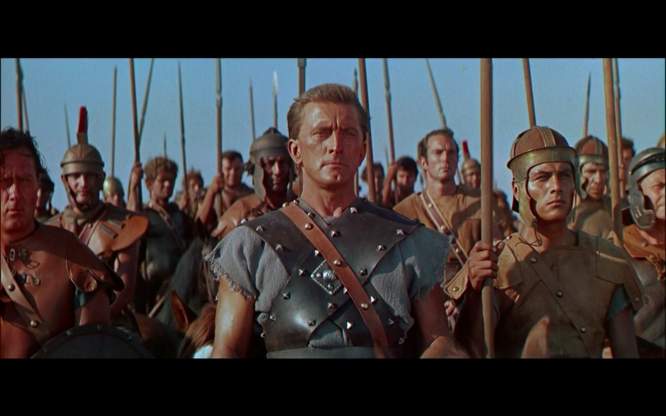
By the time the battle is over and the surviving slave army is chanting “I am Spartacus”, the production is back in California.
